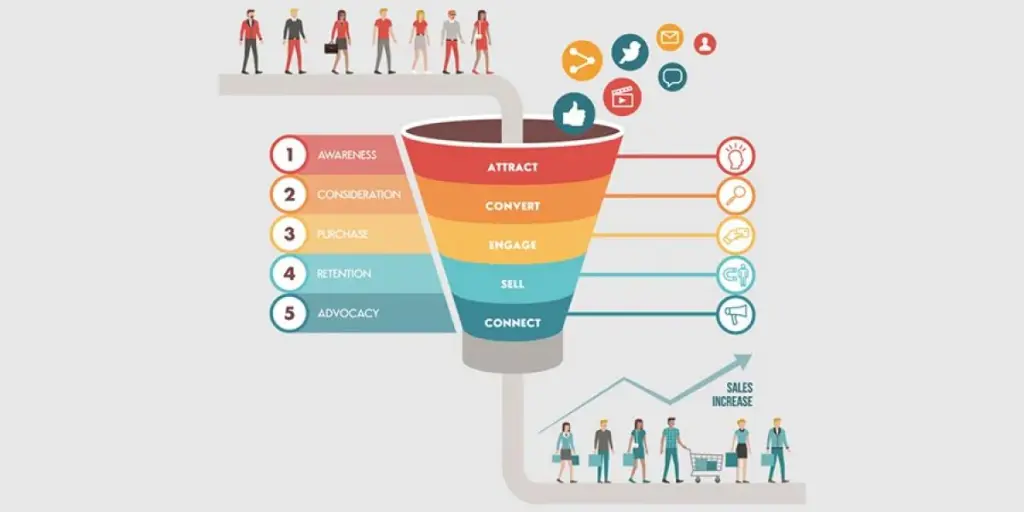The pandemic caused severe disruption across many industries and sectors, but on a more personal level, it impacted the way people lived their everyday lives. This has resulted in significant changes in consumers’ attitudes, behaviors, as well as purchasing habits.
In this article, we’ll take a closer look at these changes in needs, preferences, and lifestyle spending. We’ll analyze which of them will be short-lived and which will have a lasting impact on the way consumers shop and the way businesses market and sell their products.
Exploration of these changes will give retailers better consumer knowledge in order to keep up with the changes and remain competitive in the post-pandemic period.
Table of contents:
Personal and public health will remain a top priority
Increased reliance on digital
Shift to value and “conscious consumption,” decrease in loyalty
Lockdown lifestyle spending, growing “homebody economy”
Change in order fulfillment preferences
Prepare for the future — add an online B2B and B2C trade channel
Personal and public health will remain a top priority

It will come as no surprise that health and safety in different living, working, and shopping environments will remain of top priority for many consumers. The pandemic triggered widespread restrictions and public sanitation measures to be enacted as a way to limit virus exposure.
Results for a pandemic-related Consumer Research by Accenture conducted in 2020 showed that up to 64% of consumers were fearful for their health and 82% were fearful for the health of others.
With this ever-increasing focus on health, Consumer Packaged Goods (CPG) brands will also need to refocus and prioritize supporting healthy lifestyles for consumers, shoppers, as well as employees. Adopting what has come to be known as a “health strategy” will certainly be a strategic brand differentiator even in the post-pandemic era.
Increased reliance on digital

The onset of the pandemic saw a shift toward digital shopping as more and more consumers gravitated toward online purchasing channels as a way to minimize contact or as a last resort due to lockdown measures.
A Statista report on the share of US consumers who tried new shopping behaviors since the start of the pandemic showed that with fewer offline shopping channels at their disposal, 29% of the respondents had tried a new digital shopping method.
The same report showed that a digital shopping spike was seen within Europe. Spain recorded a proportion of 44% of survey respondents who had shopped online more often as a result of the pandemic, Italy had 37%, the UK had 30%, Germany had 29%, France had 27%, and Sweden had 26%.
When it comes to the leading product categories that will be purchased online in the future in the US, Statista survey results show that up to 47% of respondents will primarily purchase appliances and technology online, while 44% will purchase apparel online, 37% will purchase beauty and cosmetics online, 30% will purchase personal care products online, and 27% will purchase home and household care products online.
When digital consumers were surveyed on what they found important when shopping online, 43% of the respondents said “fast or reliable delivery,” also 43% said “in-stock availability,” 36% said being able to quickly and conveniently navigate a website to find their desired products, 31% said being able to see an extended stock range compared to those in physical stores, and also 31% said “a good returns policy.”
Shift to value and “conscious consumption,” decrease in loyalty
While there has been an increase in digital shopping, there has also been a decrease in consumer spending overall.
This has been the result of decreases in household income, as revealed by a McKinsey report that showed that decreases in household income were reported by at least one-third of Americans. This has resulted in up to 40% of Americans saying they are spending more carefully.
This emphasis on value has also converged with another growing consumer attitude of striving to limit waste and buy more sustainable product options. This has led to a rise in “conscious consumption” as shoppers become more value-conscious and waste-conscious, which is expected to translate to less spending on discretionary categories, such as apparel, travel, and vehicles, but more spending on essentials such as household supplies and groceries.
Another area that is likely to see a shift as a result of these changing consumer behaviors is that of brand loyalty. Up to 34% of surveyed US consumers have tried a different retailer, store, or website when shopping during the pandemic in 2021.
The growing demand for value has resulted in consumers shifting to different brands in search for lower prices, larger package sizes, promotions, or cheaper shipping. For businesses to be able to retain their existing customer bases and maintain customer loyalty in the future, they will have to meet this growing need for value.
Lockdown lifestyle spending, growing “homebody economy”

The pandemic forced a large proportion of the population to shift their lifestyles to carry out remote work or remote learning. While this has not been ideal for some, it has worked out for others and has spawned renewed demand to incorporate hybrid systems for work.
It is predicted that the remote work phenomenon that took place as a result of the pandemic will likely have a long-term impact and take hold, particularly as new and more efficient technologies that improve connectivity and optimize at-home operations continue to be developed.
A McKinsey report on the effects of the pandemic on the way consumers shop showed that only a third of US consumers were engaging in normal out-of-home activities, and 80% of consumers expressed concern when they left home.
Consumer spending will continue to reflect this shift in consumer lifestyles as more and more consumers spend their income on at-home activities and the products and services that enable this new “homebody lifestyle.” This will mean continued demand for software, electronics, and tech for working or learning from home, gardening products, and loungewear apparel.
Change in order fulfillment preferences
The pandemic also influenced consumer preferences in terms of order fulfillment methods. To minimize contact, a number of consumers turned to alternative fulfillment methods such as click and collect as well as curbside pickup.
The pandemic period saw a surge in click and collect retail sales, and a Statista forecast points to this trend growing in the US over the 2019–2024 forecast period. While click and collect retail sales reached US$ 35 billion in 2019, they surged to US$ 72 billion in 2020 and peaked at US$ 83.5 billion in 2021. The click and collect sales value is expected to continue rising to reach an estimated US$ 141 billion in 2024.
This means retailers have to be flexible in the fulfillment options they offer as consumers are looking for versatile options. At the same time, consumers are looking for quick and efficient order fulfillment as there is increased demand for fast delivery services that offer “within the hour,” “same day,” or “next day” services.
Lastly, free or low-cost shipping is becoming an expectation for many shoppers, making it a factor that can set a brand apart from its competitors in the eyes of consumers. Businesses will need to factor in free or low-cost shipping into their operations and pricing models so as to be able to incentivize consumers.
Conclusion
The pandemic has sped up e-commerce adoption and is leading to an ever-increasing reliance on digital, making it imperative for businesses to take on an e-commerce-first approach to match changing consumer preferences and shopping behavior.
The consumer shift to value and “conscious consumption” as a result of decreased household incomes and increased waste-consciousness means that businesses should offer solutions in their prices, package sizes, promotions, and shipping costs that help them maintain customer loyalty.
The pandemic has had an outsize impact on consumer attitudes and the way businesses operate. To remain competitive, businesses will need to understand and adapt to the changes that will have a long-term impact on the way consumers live their lives and engage with brands.




